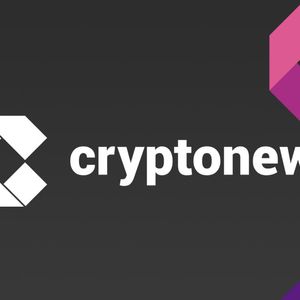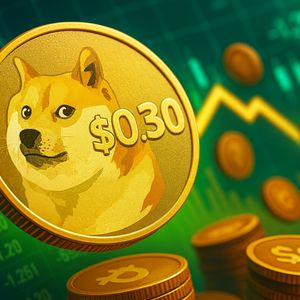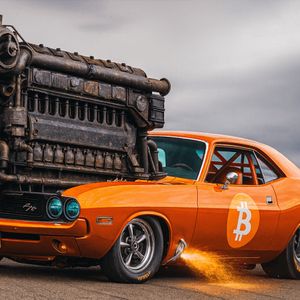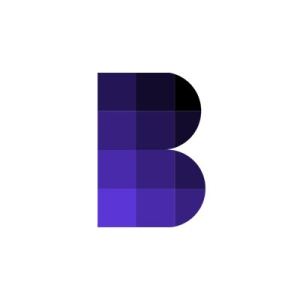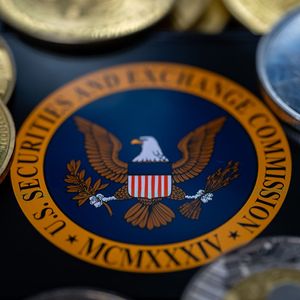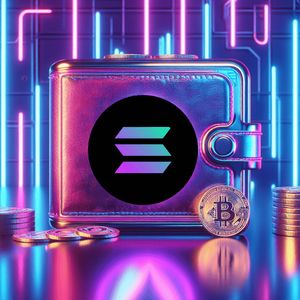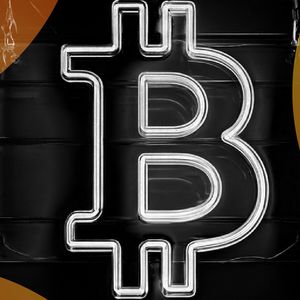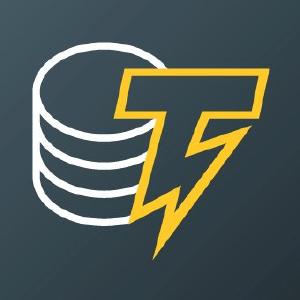Tokenization has significant potential to transform capital markets, promising real-time settlement, broader investor access and greater programmability across financial infrastructure. But while the rails are evolving, current models for tokenized equities remain fragmented, opaque and misaligned with the safeguards that define the traditional securities markets. Today, two dominant approaches exist: The wrapper model involves tokenized IOUs that provide synthetic exposure to existing equities rather than direct ownership . These tokens do not grant holders any governance rights or enforceable claims to the underlying shares. Transferability is typically restricted to closed ecosystems, liquidity is siloed across issuer-controlled platforms and regulation can be murky, with many products not available to U.S. persons. The on-chain issuance model means creating a native digital share class issued via blockchain. While this approach aligns more closely with the legal definition of security, it introduces operational complexities and scalability challenges. Active issuer participation is mandatory, liquidity remains fragmented between the on-chain tokens and traditional securities and broker-dealer standards are inconsistent, complicating participation for regulated financial institutions and investors. What’s missing is a tokenization model that combines the speed, accessibility and composability of tokenization with the structure, safeguards and clarity of traditional capital markets. Fortunately, that model already exists elsewhere: depository receipts (DRs) . In many ways, DRs were the original form of tokenization. For over a century, American depository receipts (ADRs) have enabled foreign equities to trade in the U.S. through a regulated, custody-backed structure. Today, this framework can also bridge traditional securities with tokenized infrastructure, offering a scalable and legally sound foundation for modern equities. The case for tokenized DRs By combining blockchain rails with the legal and operational framework of DRs, market participants can unlock broader participation and real-time asset servicing without compromising on investor protections or operational standards. Other benefits include: Preservation of shareholder rights Unlike synthetic wrappers, the ADR structure perfects shareholder rights, enabling them to be passed along to token holders. This includes economic entities, such as dividends and other corporate actions, as well as governance rights such as voting. Clear segregation of duties A regulated custodian bank safekeeps the underlying shares in a segregated, bankruptcy-remote structure, held solely for the benefit of ADR holders. An independent, market-neutral depositary facilitates DR issuances and cancellations, maintains accurate records using an SEC-registered transfer agent and performs daily reconciliation with the underlying assets. The depositary has no ownership claim on the underlying shares themselves. Regulatory precedent ADRs are recognized as securities under U.S. law. For years, they have been used to allow U.S. investors to own and trade foreign shares in the U.S. markets. Furthermore, the receipt structure has been flexible to enable fractionalization of U.S. preferred shares. With regards to tokenized securities, Commissioner Hester Peirce in her latest statement on tokenization mentioned that “a token could be a receipt for a security.” Full fungibility and market access ADRs are fully fungible and redeemable for their underlying shares, enabling same-day, non-taxable conversions. They can be made available to both retail and institutional market participants who can choose to hold securities in tokenized or traditional form without sacrificing rights or liquidity. The fungibility of ADRs is supported by analysis from MSCI , which indicates that, on average, ADRs trade at parity with their underlying local shares. Scalability ADRs can be deployed by both stock issuers and secondary market participants, enhancing scalability and adoption — unlike on-chain issuance models reliant on issuer initiation and active maintenance. A trusted mechanism for bridging markets Proven and fully integrated into global finance, applying the ADR structure to tokenized equities is a logical evolution. As tokenization matures, this kind of innovation is critical to scaling adoption and trust. Just as SEC Rule 12g3-2(b) streamlined access to foreign issuers, a similar regulatory mechanism could unlock broader tokenized equity markets, enabling public companies to offer tokenized shares to U.S. investors in a compliant manner. The path forward doesn’t require inventing a new wrapper — it requires adapting a proven one. In other words, the bridge between traditional finance and digital infrastructure already exists. It just needs to be thoughtfully crossed.

